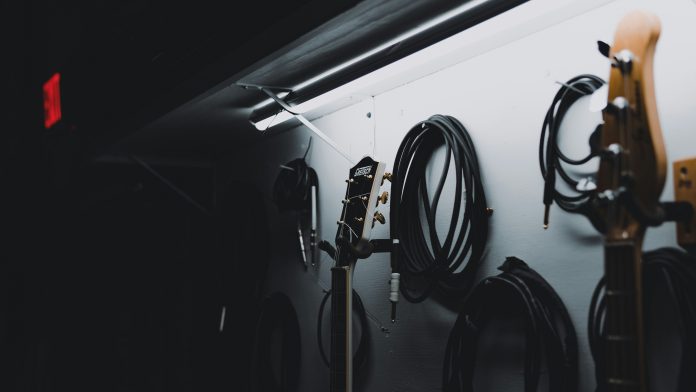There has been consistent growth in entertainment technology in the last decade. We received many new surprising innovations like the TWS, Wireless and Bluetooth speakers, among many other units. However, if you notice, they all come with the capacity to connect with an audio jack.
Despite the continuous improvements and evolution in technology, audio cables maintain a crucial stance in the industry. Let’s take a better look at the role of audio cables in the modern technology:
The Core of Audio Cables
Audio cables are like the lifeline for many audio components. These audio cables transfer signals between the connected devices. Hence, you can connect headphones, amplifiers, microphones, AR/VR headsets, and more.
Extending from the entertainment industry, the audio cables also facilitate connectivity in video conferences, competitive gaming, and other similar endeavours. They maintain phenomenal connectivity and sound quality.
The Difference of Audio Cables In Connectivity
An audio cable isn’t a tangled mess that connects two devices. The wiring with its insulation and other essentials provides an uninterruptable connectivity. An audio cable offers minimum noise or signal degradation. If you live in a place with too many electronics, there can be electromagnetic interference. Similarly, too many cable TVs and communication devices can also produce radio frequency interference.
An audio cable assist in reducing, and even eliminating this interference to provide crip sound quality. Moreover, audio cables can connect your car audio to a phone, or any other output or input device to each other as long as they are compatible.
The High-Quality Performance of Audio Cables
We live in the world of wireless connectivity. You have Bluetooth speakers, headphones, TWS, and many other audio devices. It seems that audio cables aren’t relevant anymore. But that’s not the case.
Do you ever face a lag or slow response in audio devices while connected wirelessly? It is known as latency and audio cables eliminate it. Moreover, if you ever find your speakers break off from the device due to distance, that’s because the wireless connectivity is interrupted. An audio cable eliminates that.
Moreover, for hi-fi sound lovers, audio cables offer a more lucrative option.
Choosing The Right Audio Cable.
There is a wide range of audio cables available in the market. You can find analog, digital, coaxial, and optical audio cables. Moreover, there are different materials like copper, and gold plating, available for these audio cables.
The difference comes down to whether you’re a sound aficionado or not. If you seek studio-level components, then the difference is huge. However, for a daily consumer and an everyday user, seemingly any kind of Audio cable does the job.
Here’s a quick overview:
- Analog audio cables are the most popular option available in the market for their phenomenal signal transmission and waveform.
- Digital audio cables tend to offer less noise and prove to be better for voice-related gadgets, and communication. They also offer longer communication.
- Coaxial cables have insulated layers and offer better resistance and immunity to electromagnetic and radio frequencies.
- Optic Fibres are the most costly option and are usually used in studio-grade equipment.
Not All Audio Cables Are Equal
Unfortunately, you can’t expect to invest in a single audio cable that will provide you with universal connectivity. Despite the proliferation of wireless technology, cables are essential in their own way. Therefore, you need to consider device compatibility before purchasing an audio cable. It is better to always test them out.
Moreover, if you seek to build a holistic sound and home entertainment system, relying on audio cables is better than using wireless speakers and entertainment system. You won’t have to worry about latency, and many other factors.

